-
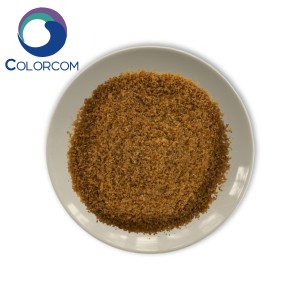
Choline Chloride 70% Corn Cob | 67-48-1
Products Description Choline chloride 70% Corn Cob is tawny granule with slightly peculiar stink and hygroscopic. corn cob powder, defatted rice bran, rice husk powder, drum skin, silica are for feed use excipients added to aqueous choline chloride to make choline chloride powder. Choline (2-hydroxyethyl-trimethyl ammonium hydroxide), usually classified as complex vitamin B (often called vitamin B4), maintain the physiological functions of animals’ bodies as a low-molecular organic compo... -

Choline Chloride 60% Corn Cob| 67-48-1
Products Description Choline chloride 60% Corn Cob is tawny granule with slightly peculiar stink and hygroscopic. corn cob powder, defatted rice bran, rice husk powder, drum skin, silica are for feed use excipients added to aqueous choline chloride to make choline chloride powder. Choline (2-hydroxyethyl-trimethyl ammonium hydroxide), usually classified as complex vitamin B (often called vitamin B4), maintain the physiological functions of animals’ bodies as a low-molecular organic compo... -
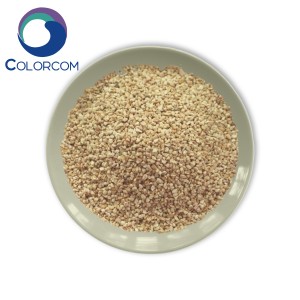
Choline Chloride 50% Corn Cob| 67-48-1
Products Description Choline chloride 50% Corn Cob is tawny granule with slightly peculiar stink and hygroscopic. corn cob powder, defatted rice bran, rice husk powder, drum skin, silica are for feed use excipients added to aqueous choline chloride to make choline chloride powder. Choline (2-hydroxyethyl-trimethyl ammonium hydroxide), usually classified as complex vitamin B (often called vitamin B4), maintain the physiological functions of animals’ bodies as a low-molecular organic compo... -
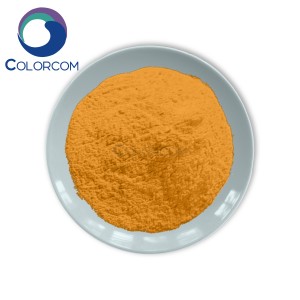
Curcumin | 458-37-7
Products Description Curcumin is the principal curcuminoid of the popular Indian spice turmeric, which is a member of the ginger family (Zingiberaceae). Turmeric’s other two curcuminoids are desmethoxycurcumin and bis-desmethoxycurcumin. The curcuminoids are natural phenols that are responsible for the yellow color of turmeric. Curcumin can exist in several tautomeric forms, including a 1,3-diketo form and two equivalent enol forms. The enol form is more energetically stable in the... -

Tribulus Terrestris Extract – Saponins
Products Description Saponins are a class of chemical compounds,one of many secondary metabolites found in natural sources, with saponins foundin particular abundance in various plant species. More specifically, they areamphipathic glycosides grouped, in terms of phenomenology, by the soap-likefoaming they produce when shaken in aqueous solutions, and, in terms of structure, by their composition of one or more hydrophilic glycoside moietiescombined with a lipophilic triterpene derivative... -

Green Tea Extract|84650-60-2
Products Description It is a kind of light yellow or yellow-brown powder, which has bitter taste but good solubility in water or aqueous ethanol. It is extracted by advanced technology with high purity, good color and reliable quality.Tea polyphenols is a kind of natural complex which has strong abilities of anti-oxidation, eliminating free radicals, anti-cancer, adjusting the lipid of blood, preventing cardiovascular and cerebrovascular diseases and anti-inflammation. Therefore, it is w... -

90045-23-1 | Garcinia Cambogia Extract
Products Description Garciniagummi-gutta is a tropical species of Garcinia native to Indonesia. Common names includegarcinia cambogia (a former scientific name), as well as gambooge,brindleberry, brindall berry, Malabar tamarind, assam fruit, vadakkan puli(northern tamarind) and kudam puli (pot tamarind). This fruit looks like asmall pumpkin and is green to pale yellow in color. Cooking Garciniagummi-gutta is used in cooking, including in the preparation of curries. Thefruit rind and ext... -

Sodium Tripolyphosphate (STPP) | 7758-29-4
Products Description Sodium tripolyphosphate (STP, sometimes STPP or sodium triphosphate or TPP) is an inorganic compound with formula Na5P3O10. Sodium triphosphate is the sodium salt of the polyphosphate penta-anion, which is the conjugate base of triPhosphoric Acid.Sodium tripolyphosphate is produced by heating a stoichiometric mixture of Disodium phosphate, Na2HPO4, and Monosodium Phosphate, NaH2PO4, under carefully controlled conditions. The uses of Sodium tripolyphosphate also inclu... -
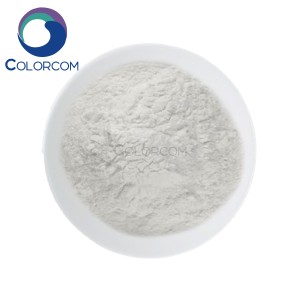
7758-16-9 | Sodium Acid Pyrophosphate(SAPP)
Products Description White powder or granular; Relative density 1.86g/cm3; Soluble in water and insoluble in ethanol; If its aqueous solution is heated together with diluted inorganic acid, it will be hydrolyzed into Phosphoric Acid; It is hygroscopic, and when absorbing humidity it will become into a product with hexahydrate; If it is heated at a temperature above 220℃, it will be decomposed into sodium metaphosphate. As a leavening agent it is applied to roast foodstuffs to control the... -

Tricalcium Phosphate | 7758-87-4
Products Description White shapeless powder; odorless; relative density: 3.18; hardly soluble in water but easily soluble in diluted Hydrochloric Acid and Nitric Acid; stable in air.In food industry, it is used as anti-caking agent, nutritional supplement (calcium intensifier), PH regulator and buffer, e.g. to act as anti-caking agent in flour, additives in milk powder, candy, pudding, condiment, and meat; as auxiliary in refinery of animal oil and yeast food. Specification ITEM ... -
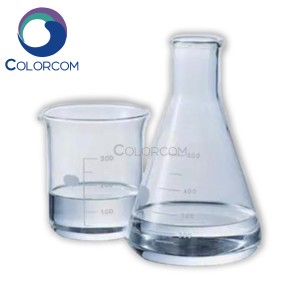
Phosphoric Acid | 7664-38-2
Products Description Phosphorous acid is in Colorless, transparent and syrupy liquid or rhombic crystalline;Phosphorus acid is odorless and tastes very sour; its melting point is 42.35℃ and when heated to 300℃ phosphorous acid will become into metaPhosphoric Acid; its relative density is 1.834 g/cm3;phosphoric acid is easily soluble in water and resolves in ethanol; Phosphate acid may irritate human skin to cause phlogosis and destroy the issue of human body; phosphorus acid shows corros... -
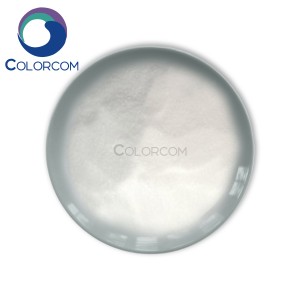
Transglutaminase | 80146-85-6
Products Description Transglutaminase is an enzyme that catalyzes the formation of an isopeptide bond between a free amine group (e.g., protein- or peptide-bound lysine) and the acyl group at the end of the side chain of protein- or peptide-bound glutamine. The reaction also produces a molecule of ammonia. Such an enzyme is classified as EC 2.3.2.13. Bonds formed by transglutaminase exhibit high resistance to proteolytic degradation (proteolysis). In commercial food processing, transglut...

